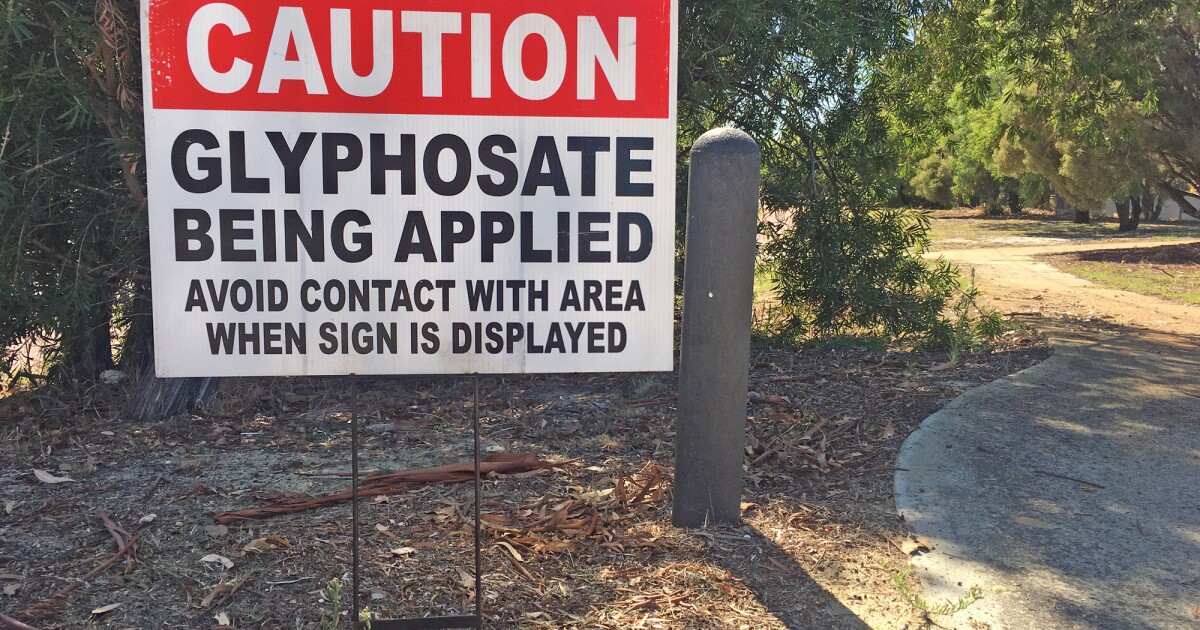Insect agriculture or insect breeding is currently one of the emerging and highly effective fields around the world. Most insects are scavengers by nature as they feed on organic waste in our environment. We have also known for years that most insects thrive in tropical climates.
Well, despite an abundance of food waste and organic waste by-products and a very favorable climate, it is unfortunate to see that to date India has lagged far behind Southeast Asian countries, African, European and North American nations when it comes to insect farming and processing. Although silkworm farming and beekeeping have existed in India for a very long time, the growth of these sectors is now almost stagnant. It is high time we recognized the importance of these tiny bio-resources and stopped ignoring them.
Needless to say, in India most insects were considered a pest or a nuisance. But then not all insects are the same; as in the established cases of silkworms, honey bees, black soldier fly larvae and earthworms. It should be noted that our perception of pests and beneficial insects and their differentiation is quite vague. Silkworms feed on mulberry leaves. So if there had not been a discovery of silk as a product, they would have been considered a pest damaging our mulberry crops. Similarly, many insects that feed on other insect pests are now being researched as biological control agents.
Of course, building adequate defense systems against insect pests is extremely important in an agricultural country like India. But at the same time, shouldn’t we examine a case where the same pests can be used to reduce post-harvest stubble or crop residues? This is an interesting perspective to consider. Should this happen, the crop residues would hypothetically become food for insects, and the insects themselves can then be used to extract proteins, fats, and other useful biomolecules that can subsequently be used in nutrition, cosmetics, industrial chemicals, biopharma, and other industries.
With the double-digit growth in poultry and fish farming in recent years, so has the demand for soybeans, corn and other feed ingredients. Insects, which are a natural food source for fish and birds, can be used effectively as a means of reducing feed costs while making a significant contribution to India’s organic waste management goals. In addition, farmers or entrepreneurs can make targeted use of this opportunity and go other ways.
For example, the insects can be fed directly to farmed fish and chickens or processed into novel products that solve the problem of antibiotic resistance. They can also be used as a waste treatment agent or to extract high quality proteins for nutraceuticals. So the possibilities are endless, and with more research and development, more possibilities and use cases are likely to come to the fore in the near future. The global trend towards sustainable solutions is now pushing investors to look into the space and the focus on governments is leading to funding for proof-of-concept ideas. Opening up the market for carbon credits may also prove to be an additional source of income for insect farming or product-based companies in 2023 and beyond.
Finally
On the other hand, while the challenges of insect farming are definitely higher, it is not impossible to overcome them or turn them into opportunities. The little knowledge about insects as a bioresource and the perception that they are unsafe and unsanitary are major mental barriers that we need to overcome. Attracting the right talent is definitely another major challenge for companies and stakeholders operating in this space. Government rules and regulations on insect farming are still in the gray area. Formalizing these rules and regulations could be a step in the right direction.
If we can raise fish, chickens and cows, why not raise insects?! It is equally important to conduct research and development on the end use of these mass-bred insects and market or customer awareness is equally important in this area. For all its challenges, insect farming and related products could enable us to make a “Produce in India, Sell Global” story and we as a nation certainly have the potential to lead this field globally. Let’s hope that the coming year 2023 will be such a year where we put aside our stigma towards insects and look at the whole perspective of insect farming from a practical point of view.
Facebook Twitter Linkedin Email
Disclaimer
The views expressed above are the author’s own.









